USS Texas is a museum ship and relies on donations to donate to USS Texas please visit their website: www.battleshiptexas.org
This Articles content is bought to you in large part by Gabe Shuffield id like to thank him and the foundation for allowing me onboard USS Texas and to thank Gabe for Helping with this article.
Arriving
One of my biggest goals was to go and visit the USS Texas, this is something I achieved recently with much help from museumships.us and also the battleship Texas foundation, so to start id like to thank both parties for making this trip possible.
I arrived at USS Texas with a lot of anticipation, this was mainly because of the reports over the years that she was in poor shape and having to pump water all the time.
Over the years I have been on several other museum ships of similar vintage and all of them enjoyed a lot of funding thus some of the problems Texas was facing did not exist in these ships.
When I met up with Gabe he informed me of the work they had been doing on board and explained the next steps for the Texas in the coming future which included a dry docking and a new home.
The current plan for USS Texas will see her be towed to a dry dock and repaired like any other ship, while some are against this move it is technically the best chance to save the ship and after the coming hurricane season USS Texas will be moved to dry dock thanks to state funding.
Once the dry docking is completed Texas will then move to her new home which is yet to be determined, so please do pay close attention to the battleship Texas foundation website for news and updates.
Battleship Texas will be taken to Gulf Copper Shipyard in Galveston for repairs, likely early to mid 2022. Gulf Copper has been in the process of purchasing a floating dry dock for their Galveston shipyard for sometime now, in part delayed by the pandemic. Gulf Copper has closed the deal on the purchase of the dry dock, essentially locking them in as our shipyard for repairs. The acquisition of this dry dock is not only a big win for Battleship Texas, it’s a big win for Galveston and the entire state of Texas.
Walking onboard and the upper decks
Walking up the gang plank you really get the feeling your walking into a time capsule you immediately feel immersed by this powerful ship and her illustrious history.
USS Texas served in both world wars and also the interwar period she has certainly got a lot of history and that is very visible the moment you step onboard.
I have never been on a dreadnought type vessel before and seeing as she is the last of the real first generation dreadnoughts, I hope it wont be the last time I get to visit Texas either. (Yes I have plans to re visit once renovation is completed)
On the deck you get a feel that Texas is still very much loved by her current crew, yes her deck is wearing away, the paint isn’t the best but just stand there and look around for a moment you can see just what a group of largely volunteers can achieve, these people clearly put their heart and soul into the ship and the way my guide Gabe talks about the future I know she will be in good hands.
On the upper deck you can get a sense of this ships fire power, five turrets each with two 14inch guns as her main battery, supplemented by six 5inch guns.
Some of her anti air guns have been removed for restoration but, you can still see this ship could definitively pack a punch if required when she needed to regardless of the enemy she faced.
While the deck currently looks sparse when restored this grand lady will definitely turn heads and is something to look forward to in the near future.
On the upper decks I was allowed access the navigation bridge this is where the ship was steered and most of the navigation took place, unlike a modern ship with sophisticated electronics the older style telegraph and wheel are present, its certainly not like any ship I have ever helmed.
Probably the most striking feature is her main tripod mast which houses the fire control this is off limits and rungs to the fire control platform have been removed.
Another striking feature is the single funnel, for many who have read part one you will have seen Texas sporting two funnels, during the transition from coal to oil the second funnel wasn’t required so it was removed, on the funnel is the ships whistle and hopefully someday we maybe able to hear it again.
The chartroom and captains sea cabin is behind the bridge, the captain has his own bathroom with a shower and is quite spacious as cabins go on warships, of course there is not much furniture onboard during my visit.
Going Below
Walking below you really have to picture everything in the minds eye, there is only two of us on board today but this vessel back in her day would be crowded with men moving about at all times of the day, it would have been a hive of activity.
it is quite an eerie, somber feeling to be almost alone on this great ship, and you cant help but wonder about all the people over her 30+ years of service.
It is hard to imagine how during her service life 1810 officers and men lived onboard, even with a ship this size and empty of some equipment and furniture it still is a small space, there are still racks three and four high on board to give you a sense of living conditions for the crew.
Some of the features on board that remain are the laundry which is still in place with its washing machines, presses and dryers.
Also in place is the galley and medical room with an operating table, there is also the radio room with equipment and of course the brig complete with cells.
Like many ships and indeed ships of today Texas has a central heavily armored citadel, this can clearly be seen when below, large thick bulkheads and hatches announces when your inside.
Inside the citadel are all the vital functions of the ship, chiefly the boiler room which despite her age is intact (Her engine room is outside the citadel). One of the highlights of the tour is visiting the boiler and engine room, Six huge oil fired boilers still stand in place, these boilers would be the main power source behind USS Texas which could power her along at close to 20 knots and provide enough power to support all her weapons and sensors.
These six boilers produced steam for her four-cylinder triple expansion steam engines which also remain in place and are an awesome sight to see.
The change over from coal to oil had a radical effect for Texas, it made her more economical to operate, easier to refuel even at sea, and increased her endurance from around 7,000nm under coal to over 15,000 under oil.
Also in place is her aft emergency steering gear room and to give you an idea of size this picture from a friend of mine Jimbuna on subsim.com shows just how tall these wheels are.
Unlike modern ships which rely today on complex hydraulic and electric actuators to control the rudders even in an emergency brute force was needed to move the rudder if all the systems failed, it would require around 9 men to make the changes 8 to steer and 1 to operate the hand break.
Normally the rudder would be actuated by an electric motor which would control the rudder which made it easier to steer and preferred by the helmsmen than using just the hydraulic system.
There is also another steam steering engine which acts as a back up, only when all have failed is the manual steering done.
I can honestly say the people who manned the engine and boiler rooms while at war were brave people, down here we are well below the waterline, and in the event of any ship sinking its one of the hardest places to escape from.
leaks appeared in the torpedo blisters causing the ship to take on a list, and eventually appeared around the engineering spaces, however; the situation as of my visit is much improved, before pumps would have to be running all the time to clear the water, but today no pumps were going.
You can clearly see that a lot of effort and work has been put into keeping her afloat and water tight, expanding foam has been used to help keep the water out and it has really been successful, another testament to the dedication of the current crew and the battleship Texas foundation.
The Gun Turrets
One of themost exciting parts of the visit included going up inside the gun turret from below to the deck, here you can see the entire process of how they transport the huge 14inch shells from the magazine to the turret via the barbette.
Each shell weighs between 1275lb for HE shells and 1500lb for AP shells (by WWII the original shells being around 1400lbs regardless of type) and are transported via an overhead rail system to the hoist, also transported up the barbette to the main gun is the powder bags and these are not light either.
While the magazine is empty today there are some shells that are still on board which can give you a good idea of just what Texas could throw out of a single barrel.
Climbing up the barbette its quite dark, and eerie, you do have to take care when going through this space and be mindful of where your placing your hands and feet, but the scale of the interior is quite something and in stark contrast to what comes next. Entering inside the turret you almost have to be a contortionist, there is plenty to smash your shins and head on, and the space is certainly cramped, it is most certainly not a place for people with claustrophobia.
Inside the turret is the barrel which like most warships is breach loading, its here the shells and powder are loaded.
Towards the front of the turret is the pointer (right) and trainer (left) this must have been a loud place to work if it was ever needed, the main thing to note here is Texas can only elevate her guns to a maximum of 15 degrees which ultimately will enclose the space even more
Fun Fact: Each 14” gun could be independently pointed / elevated so there’s a pointer under each gun and chain falls for training the whole turret further down.
Shuffling out of the turret you drop down onto the main deck and we are back where we started pretty much, this is where I finally came to appreciate the sailors who manned her, and the conditions in which they had to endure.
Summing Up
On the day I visited the temperature was close to 40*c outside and all the running around did in the end give me heat exhaustion after I had left, of course the sailors who manned her would have been fighting in all weathers and certainly would have had to endure much worse conditions.
Gabes History Hit: In the action report for the Invasion of Southern France, Captain Baker actually noted that the temperature in Main Battery Plot had hit 112 degrees Fahrenheit (about 44.5 degrees C). I don’t know want to know what it was like in the boiler rooms or engine rooms at that same time.
I can only say I am very thankful for being allowed to tour her at this time and it really does give me a newfound respect for what these men went through during her service.
But in all honesty it has definitely been one worthwhile trip to visit Texas and a visit that when she opens back up to the public I would highly recommend.
I do hope when she is fully restored and in her new location I get the chance to return to see the work which has been done and in her new home where ever that maybe for now I wish the battleship Texas the best of luck in her restoration period and hope that her new home will produce stunning results and generate many visitors in the future where she can share her history with the coming generations.
USS Texas part 1 Article https://www.navygeneralboard.com/uss-texas-the-last-dreadnought/
Museumships website about USS Texas https://museumships.us/battleship/texas
More pictures from my flickr https://www.flickr.com/photos/131313936@N03/albums/72157719607757306/with/51342444923/

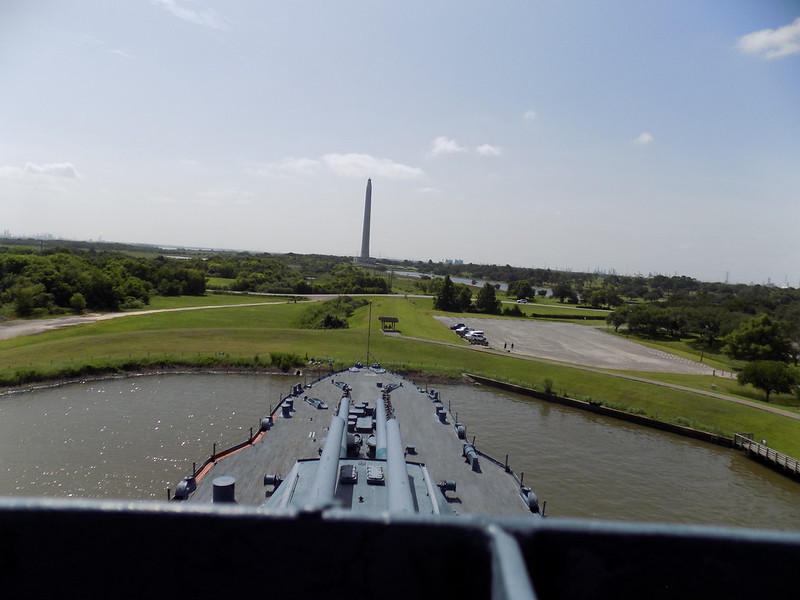

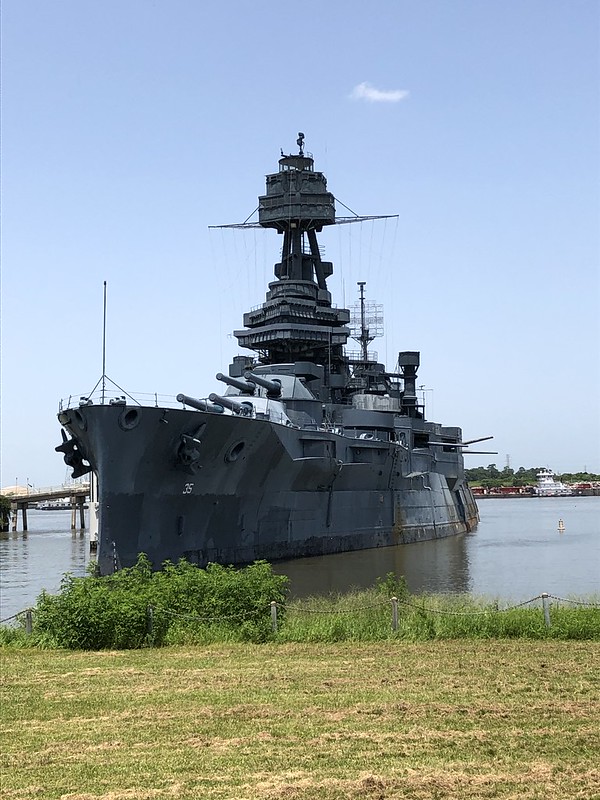
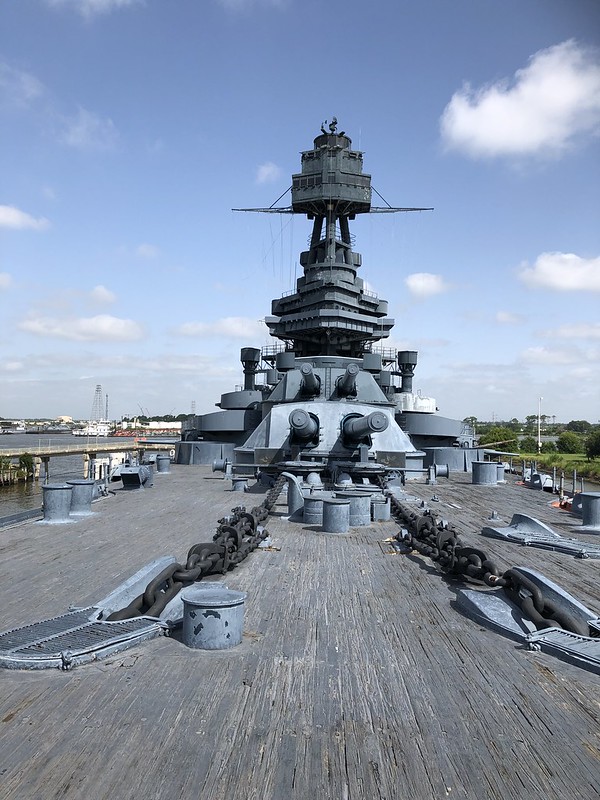
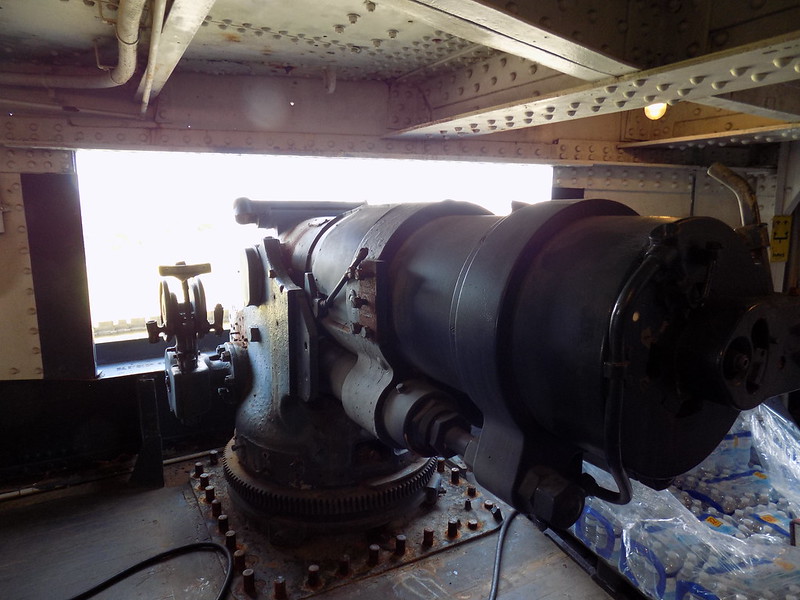
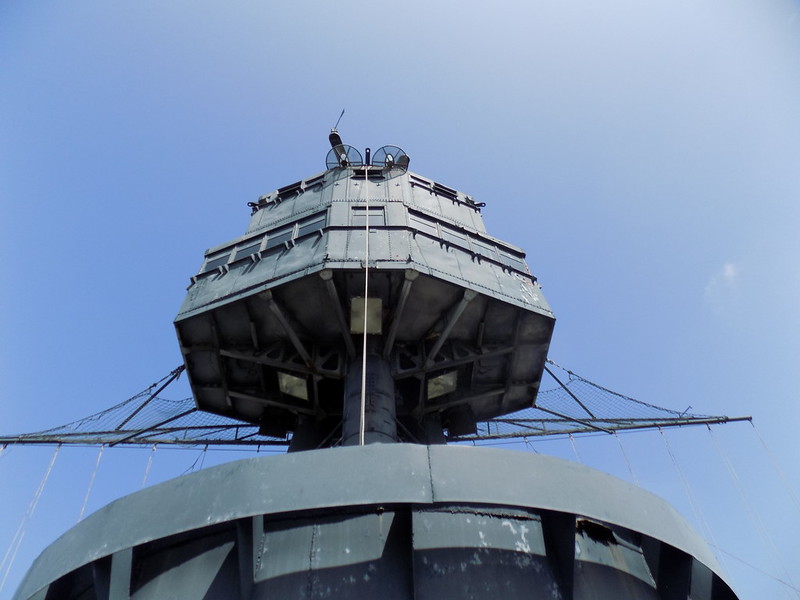
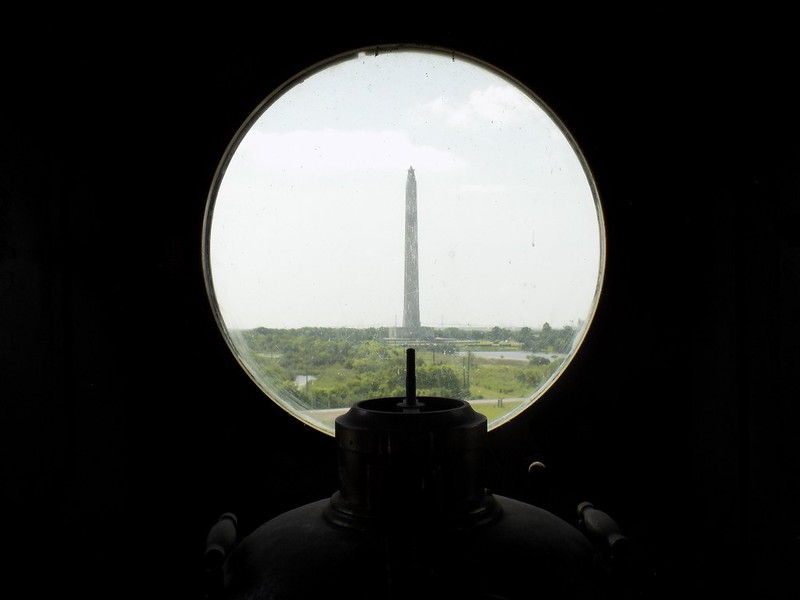
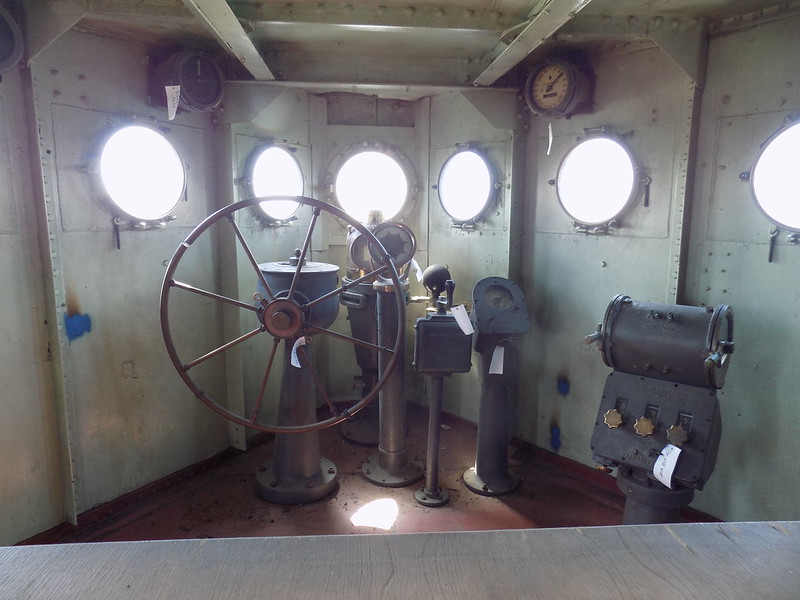
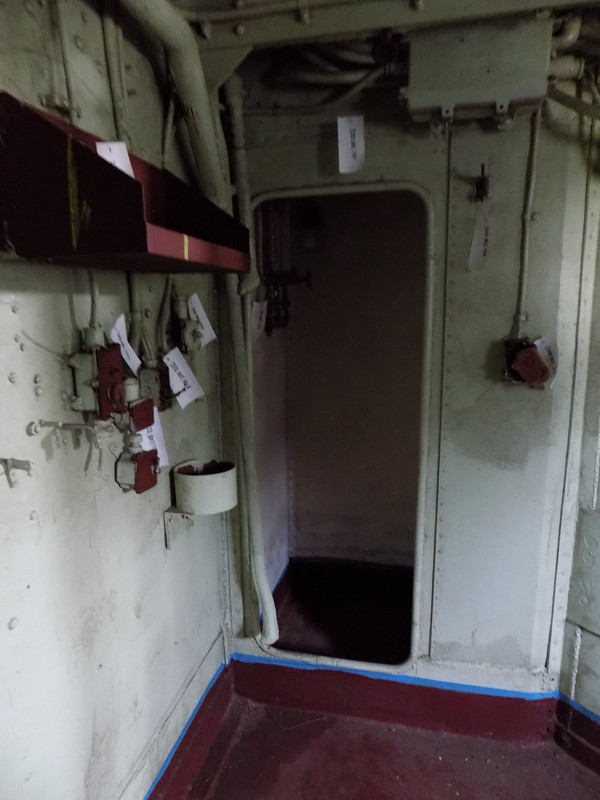
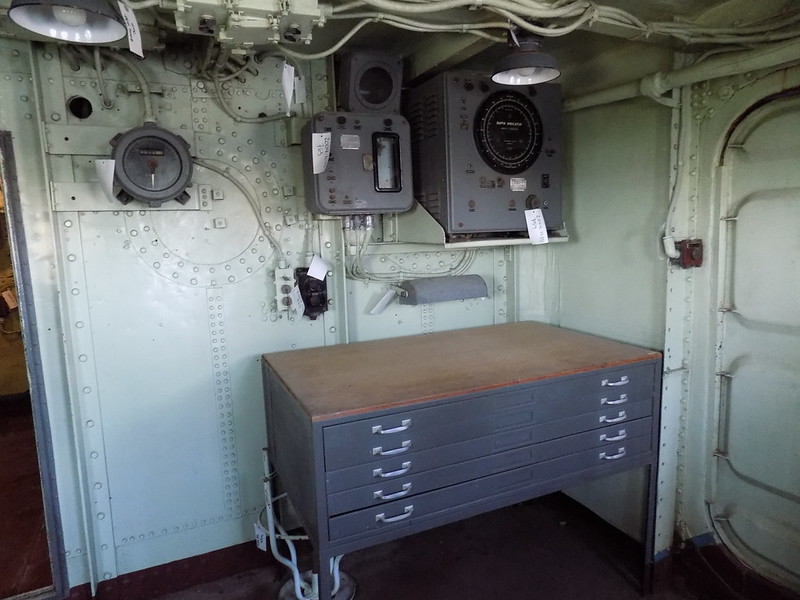
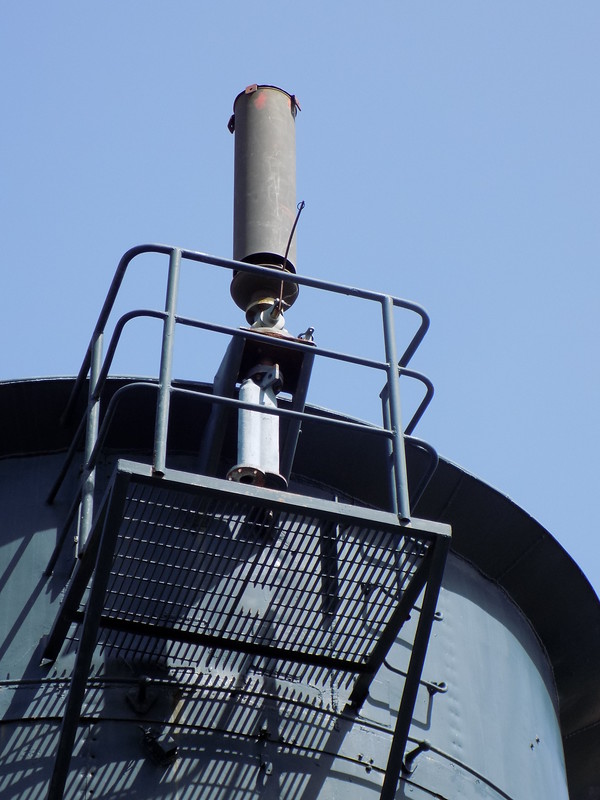
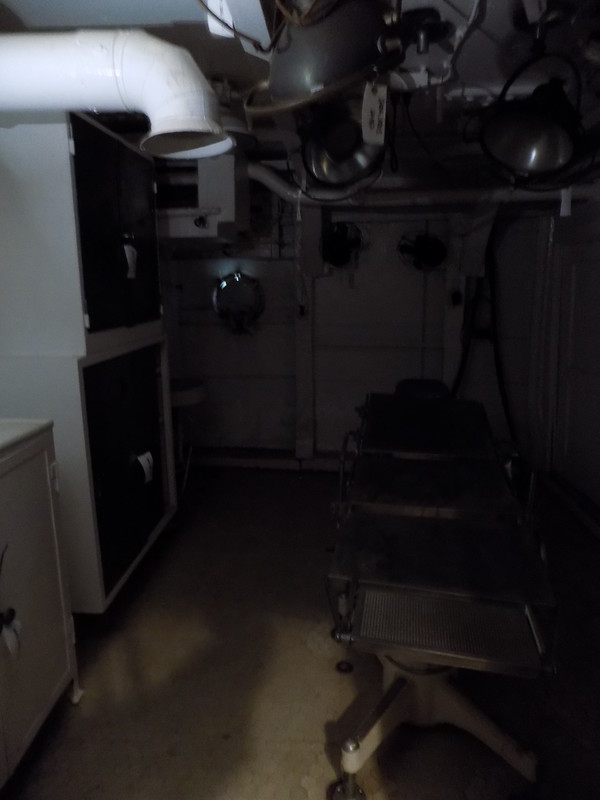
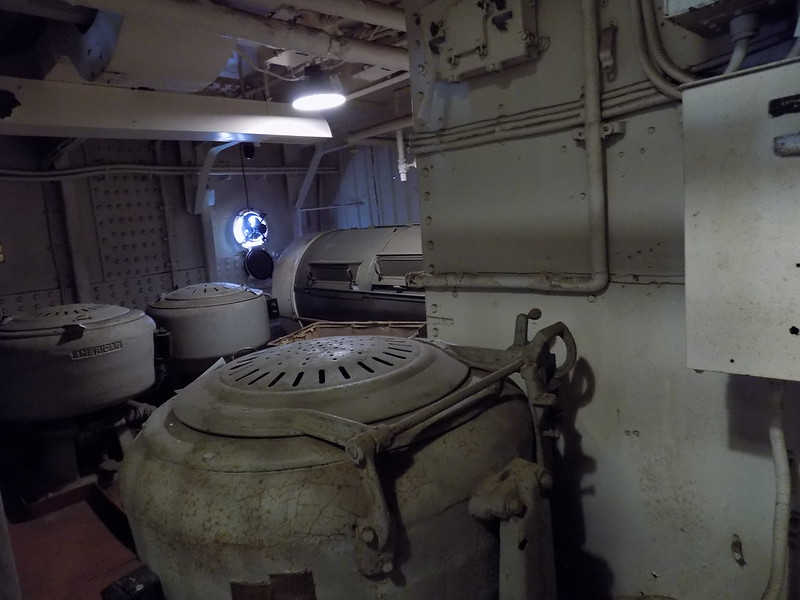
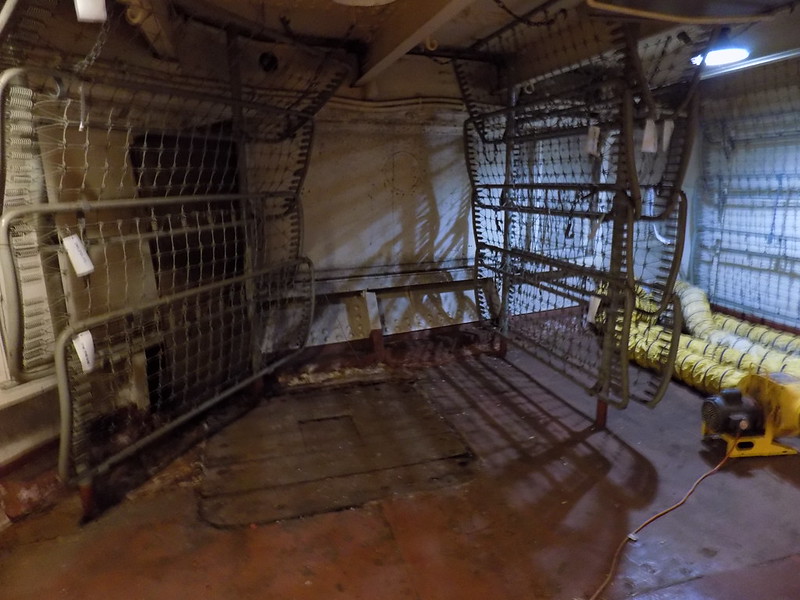
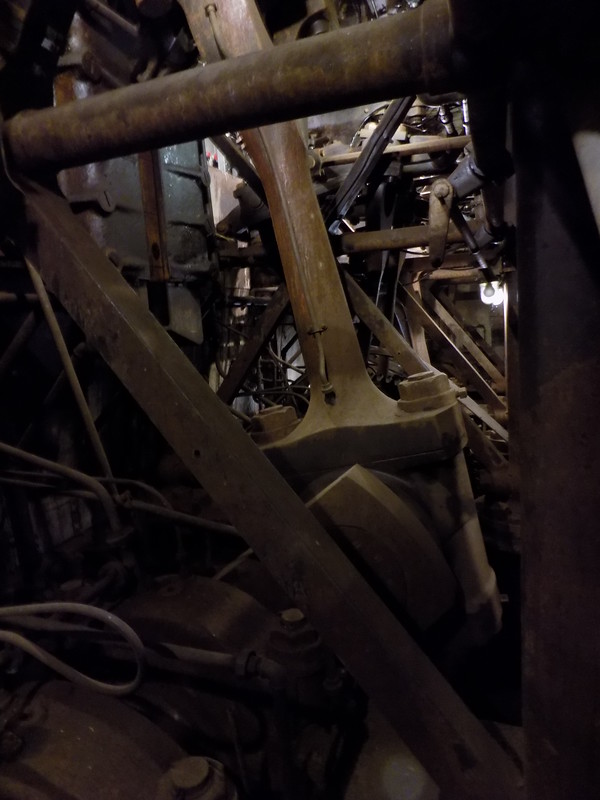
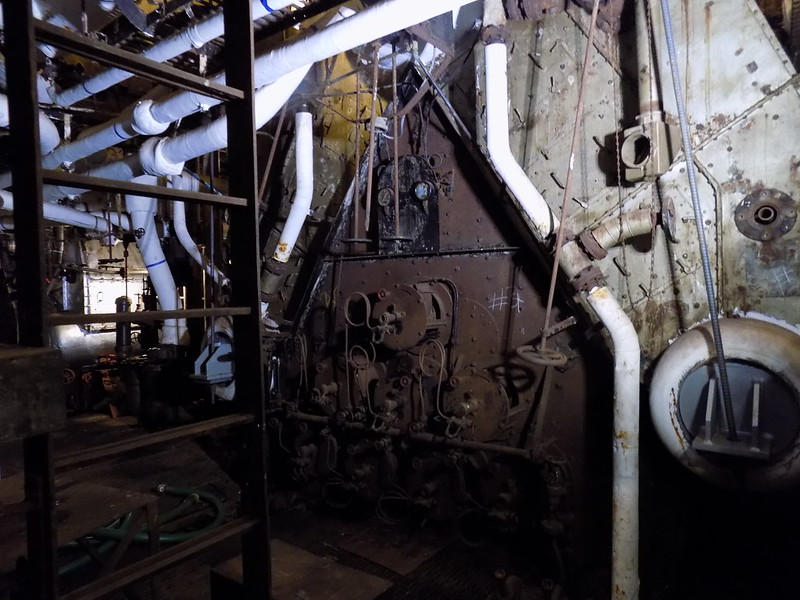
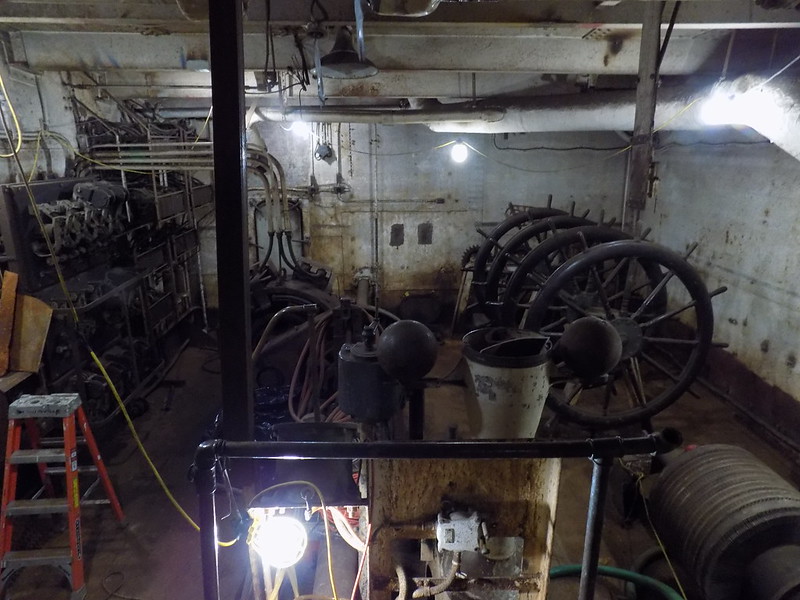
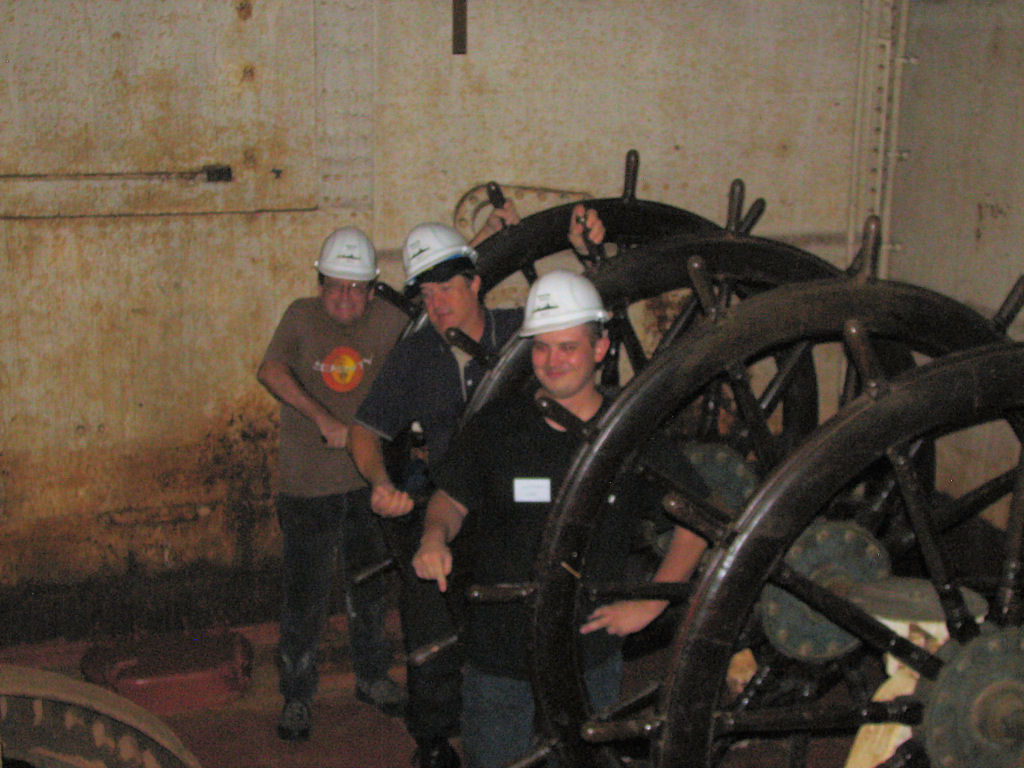
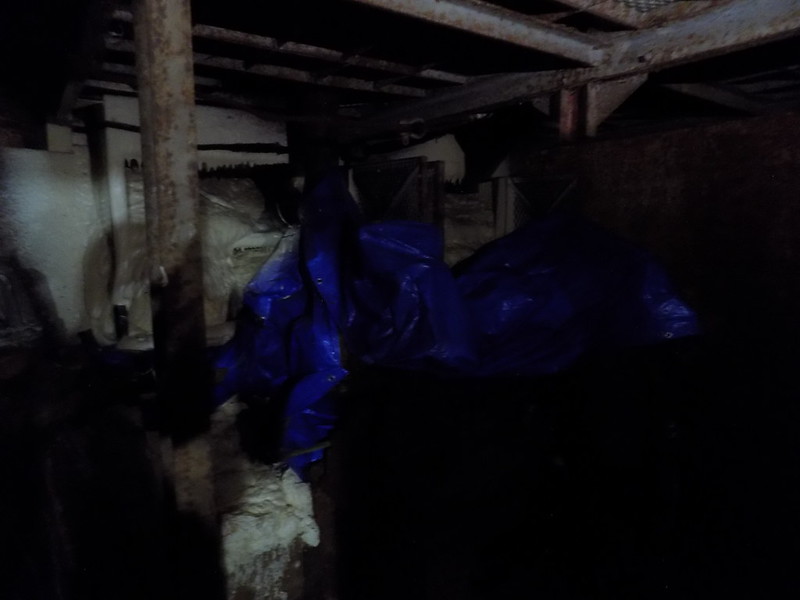
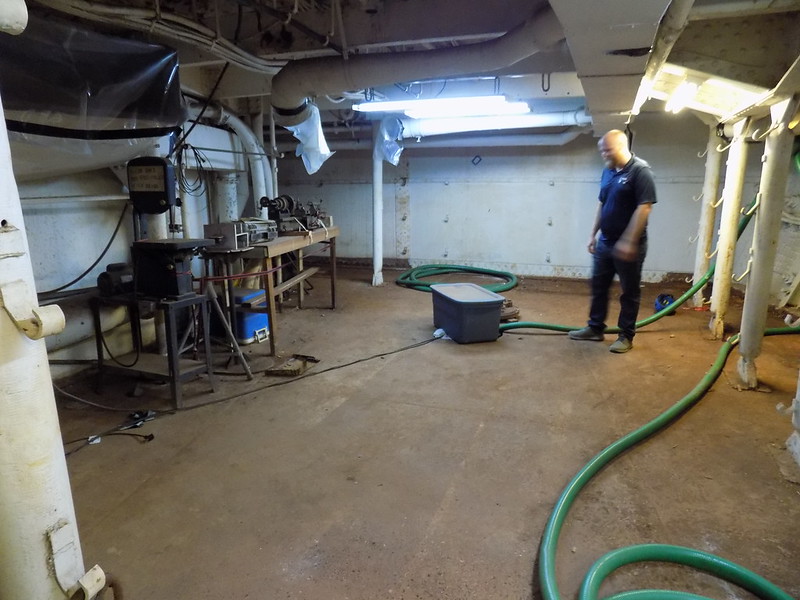
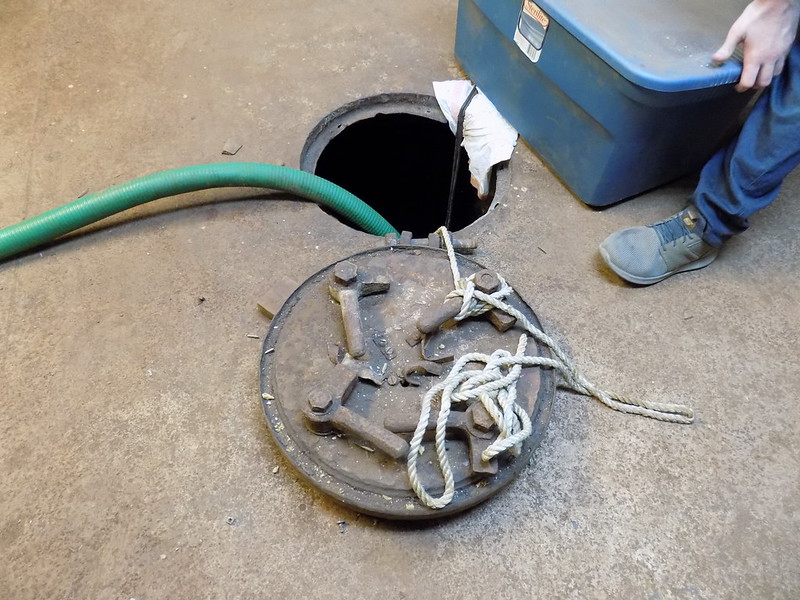
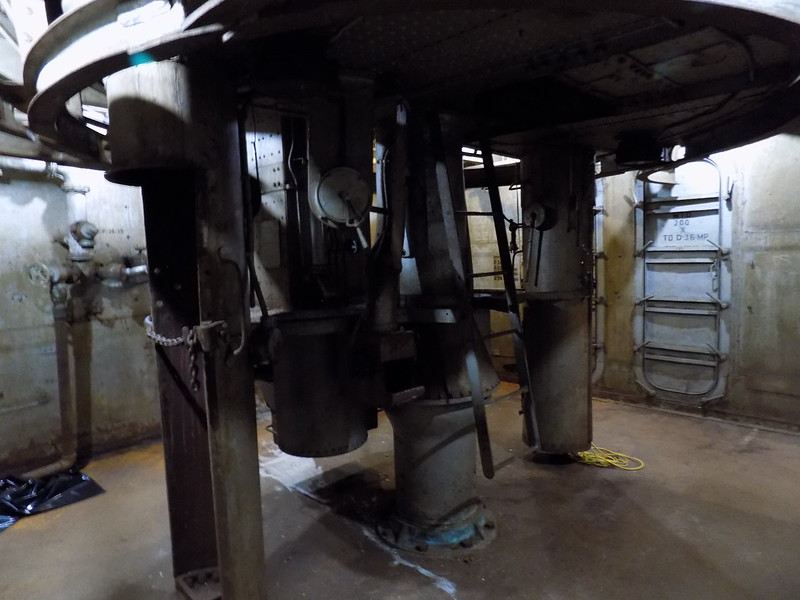
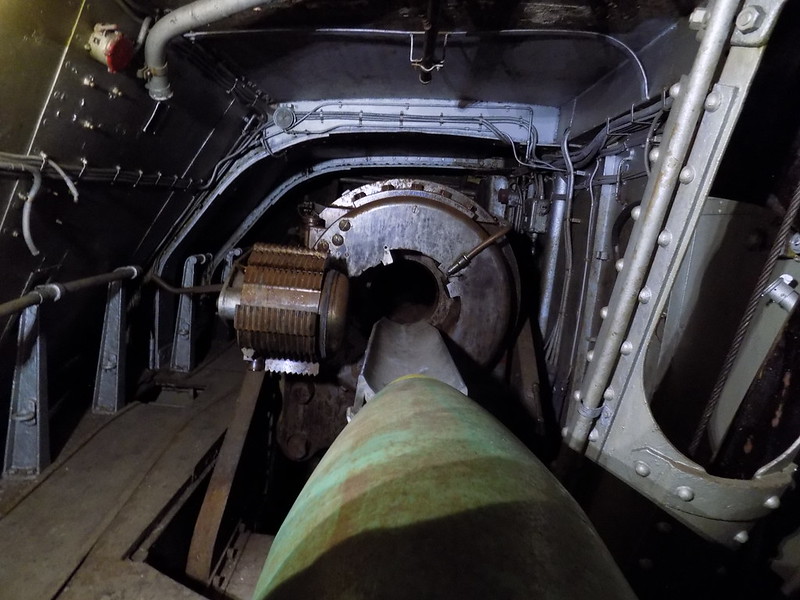
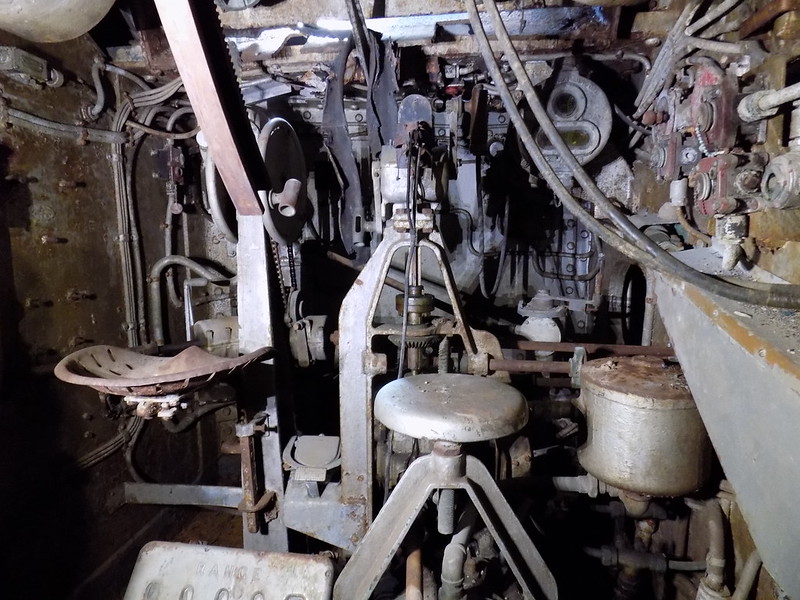
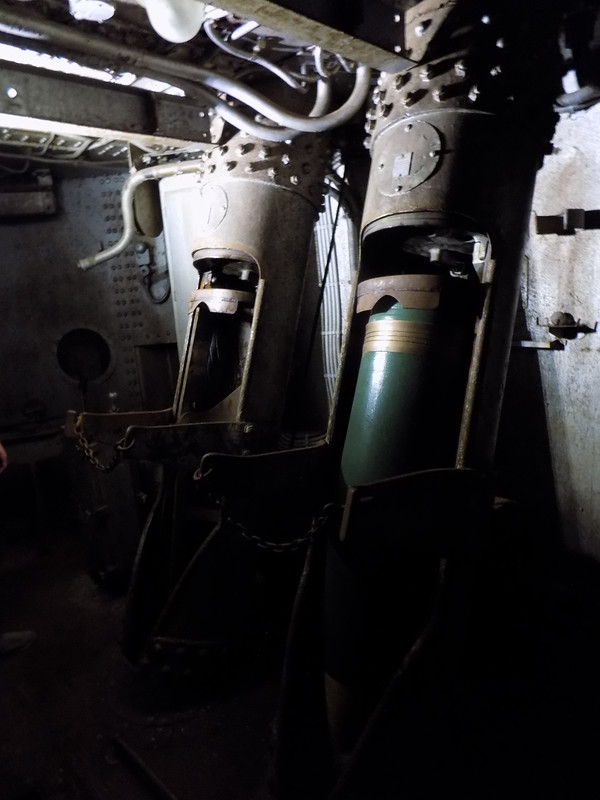
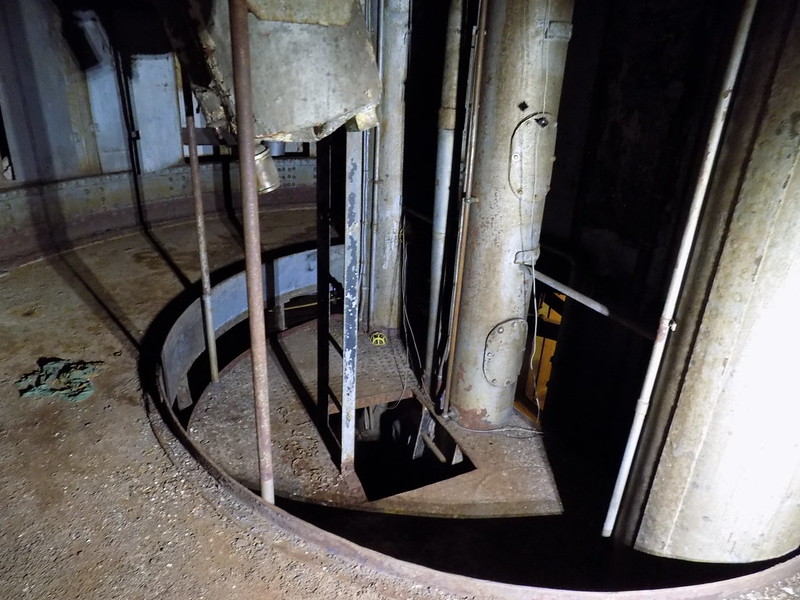
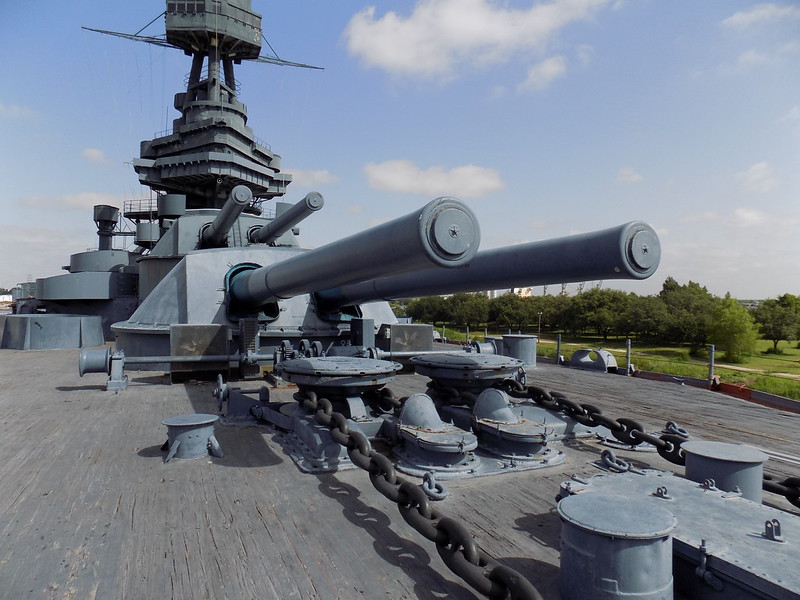

Recent Comments